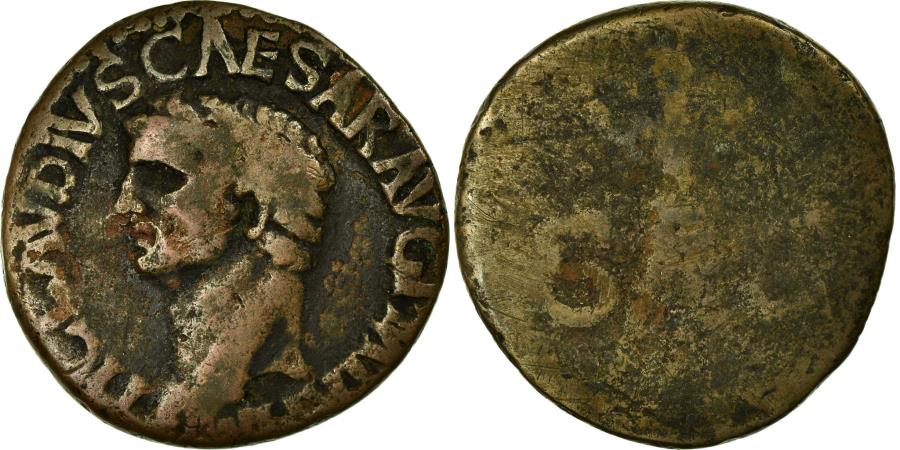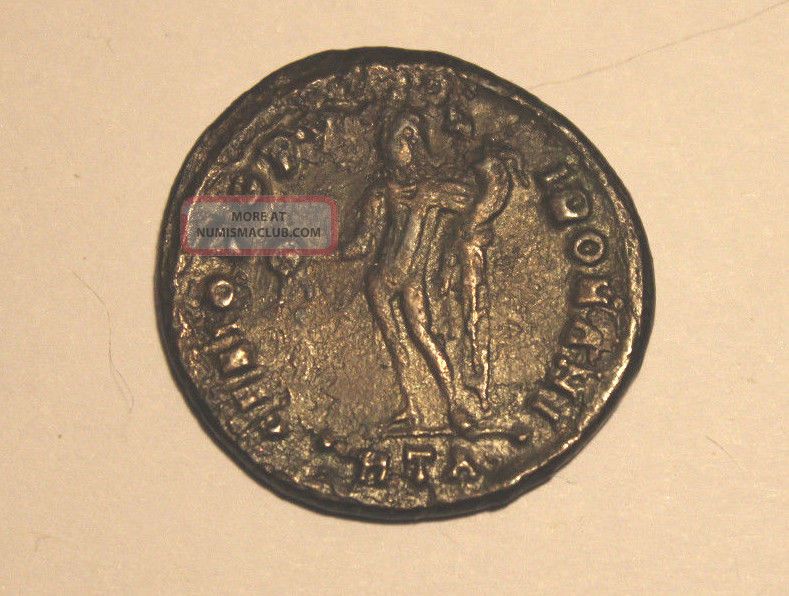
In order to support its growing empire, Rome explored extensively throughout the Mediterranean region in search of mineral wealth. Thus, the city was the gateway for Roman penetration to the eastern parts of her empire.Įxpansion of the Empire Brought Much-Needed Resources This city, situated on the Adriatic coast, was the terminus of the great Appian Way, the Roman road constructed to facilitate trade and military access throughout the Italian part of the Roman Empire. The melting and recasting foundries which he alluded to were located at the Italian port city of Brindisi. He noted that the metals were recast as armor, weapons or articles for personal use, such as bronze mirrors. Pliny the Elder, the famous Roman historian, wrote in the first century AD about the reuse of scrap copper in Roman foundries. Caught between Gaulic invasions from the north and the rising Roman city-state to the south, the last Etruscan city yielded to Rome in 396 BC. Joining the Phoenicians in seafaring trade, the Etruscans were rivals of Greek traders around the Mediterranean Sea. While they created superb iron weapons, they produced magnificent statues in bronze. Iron ore was conveniently near on the Island of Elba. In the mountains of the modern Italian province of Tuscany, the ancient Etruscans found copper and tin ores. They were descendents of immigrants from Lydia.

The Etruscans reached the glorious days of their civilization about 800 BC, before the rise of Rome. Greek coins with the head of an owl on the back, known as "Owl Coins", were the most important medium of exchange in the 5th century BC. Gold, silver, copper, and bronze were used for coins, a use that continues today in our penny. Coins were small and portable, had a set value, and were more convenient for trade than the bulky system of barter. The state of Lydia, south of Troy in western Turkey, invented the idea of coins as a medium of exchange. The alloy brass, in which copper is mixed with zinc, was discovered sometime before 600 BC. Replaced by iron for weapons and tools, copper and bronze became metals used in architecture, art, and certain specialized uses such as copper pots. While the Greeks during Aristotle's era were familiar with brass, it was not until Augustus' Imperial Rome that brass became abundantly used. The Ankh was also the symbol of eternal life, which is appropriate for copper since it has been used continuously by people for 10,000 years. In their hieroglyphics (picture writing), the ancient Egyptians used the Ankh sign to represent copper.

The island of Cyprus is known to have supplied much of the copper needed for the empires of ancient Phoenicia, Greece, and Rome. Papyrus records from ancient Egypt reveal that copper was used to treat infections and sterilize water. It has been documented that Israel's Timna Valley provided copper for the Pharaohs. Around the year 2500 BC, the discovery of useful properties of copper-tin alloys led to the Bronze Age.
Copper roman coins how to#
During the prehistoric Chalcolithic Period (Homer, following the Greek practice of around 1000 BC, called the metal Chalkos, which is why the Copper Age is also known as the Chalcolithic Era), societies discovered how to extract and use copper to produce ornaments and implements.Īs early as the 3rd - 4th Millennium BC, copper was actively extracted from Spain's Huelva region. The fact that it is 'unpublished' suggests that it already is one.Archaeological evidence indicates that copper was used as far back as 10,000 years ago in western Asia. Re-patinating it makes the situation worse. You could have difficulty in convincing an expert that the coin is genuine.
Copper roman coins professional#
Speaking to a professional conservator produced a reaction of pure horror.įirst, it could well be an illegal export but, putting that aside, you have reduced the value significantly by over cleaning. Our company can provide this product with simple procedures to a quick result. The dark patina can be recreated by chemical process similar to sculpture. Is there a way that I can restore the dark patina? This not only removed the sandy concretions on the coins, but also some of the patina. Unfortunately, she cleaned them using an ultrasonic ceaning machine with filtered water and a few drops of lemon juice.

My wife returned from the Middle East with two extremely rare (one unpublished) Roman coins.

Restoring over-cleaned Roman billion/copper coin Plating, anodizing, & finishing Q&As since 1989


 0 kommentar(er)
0 kommentar(er)
